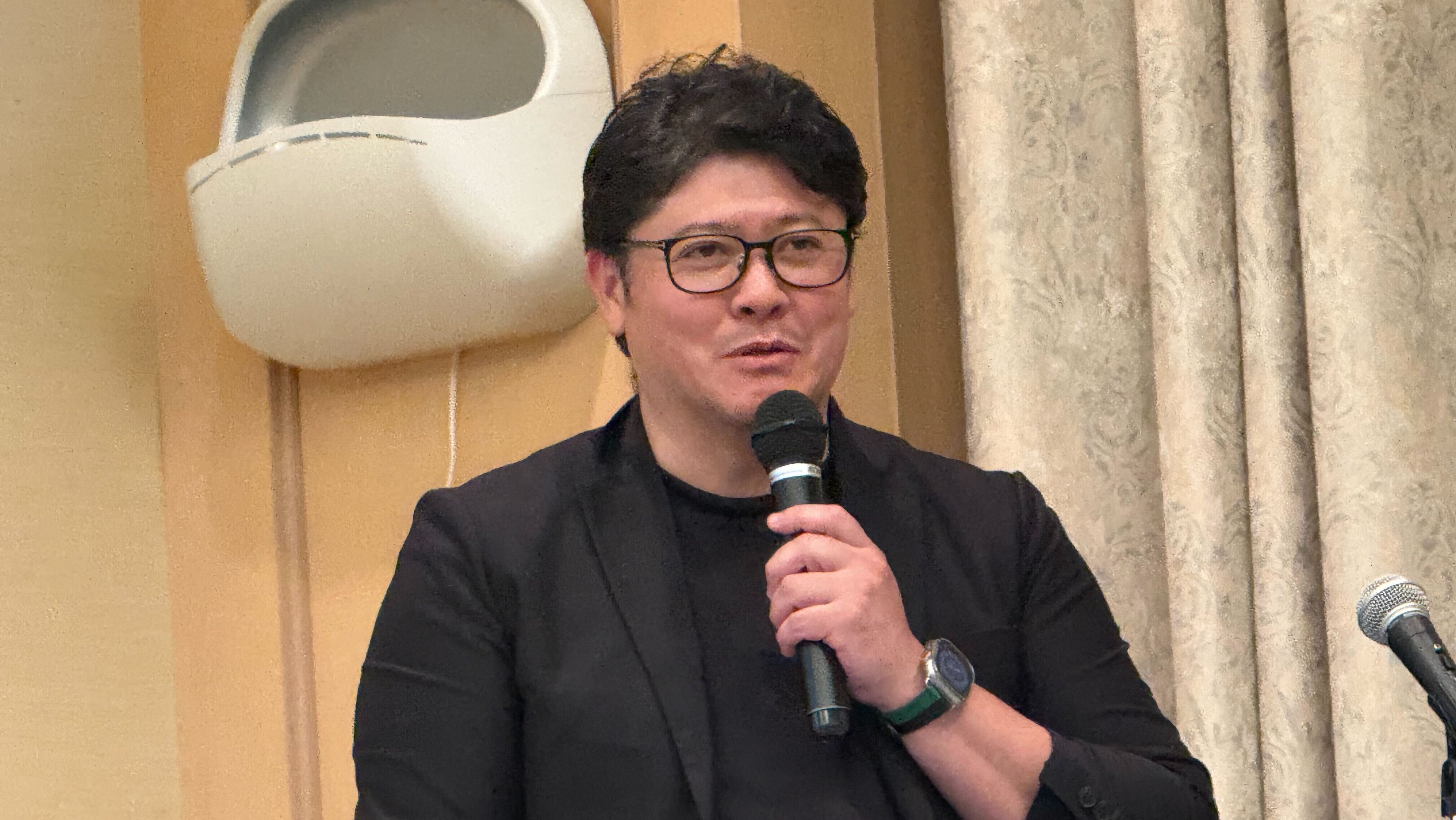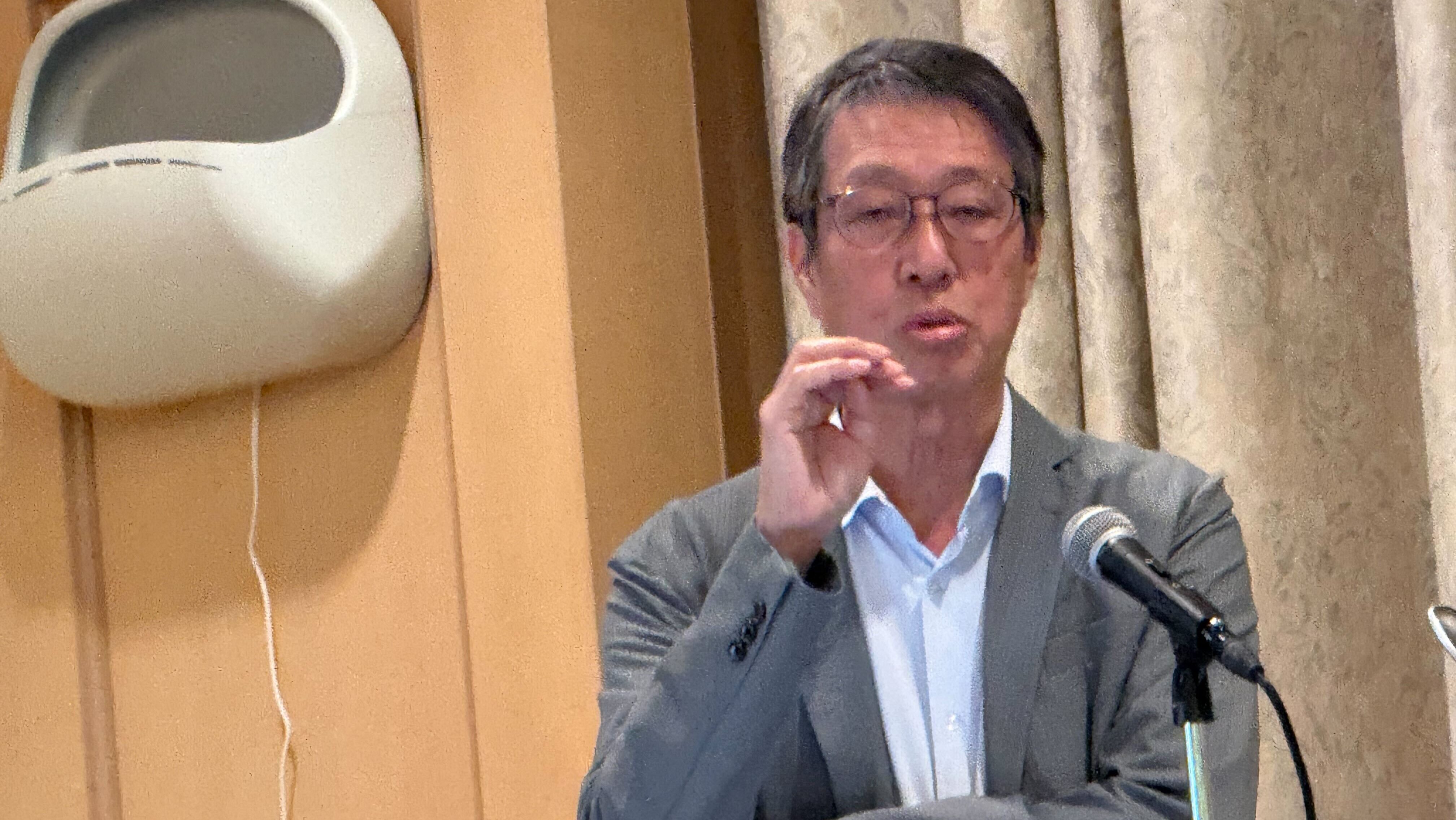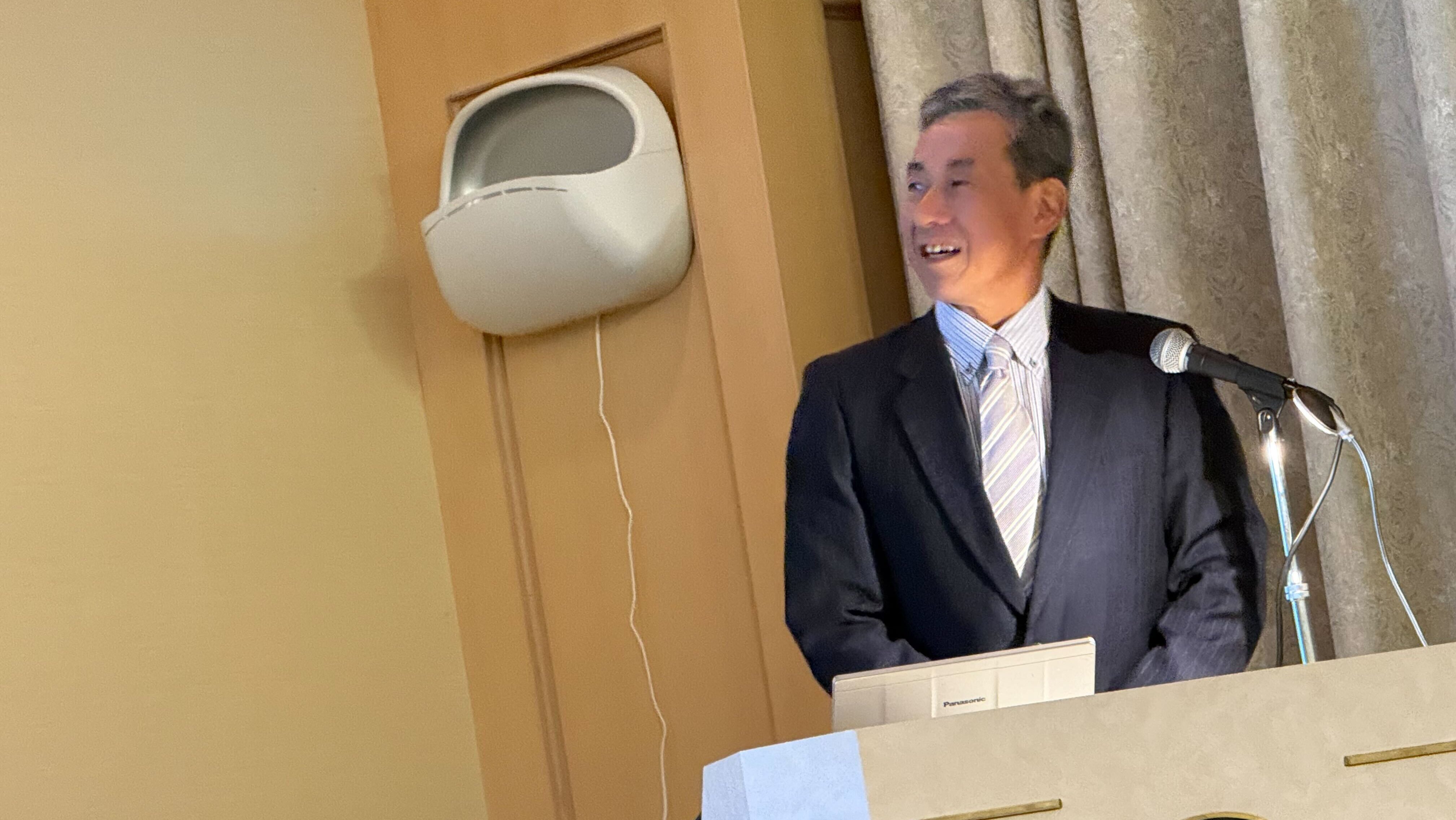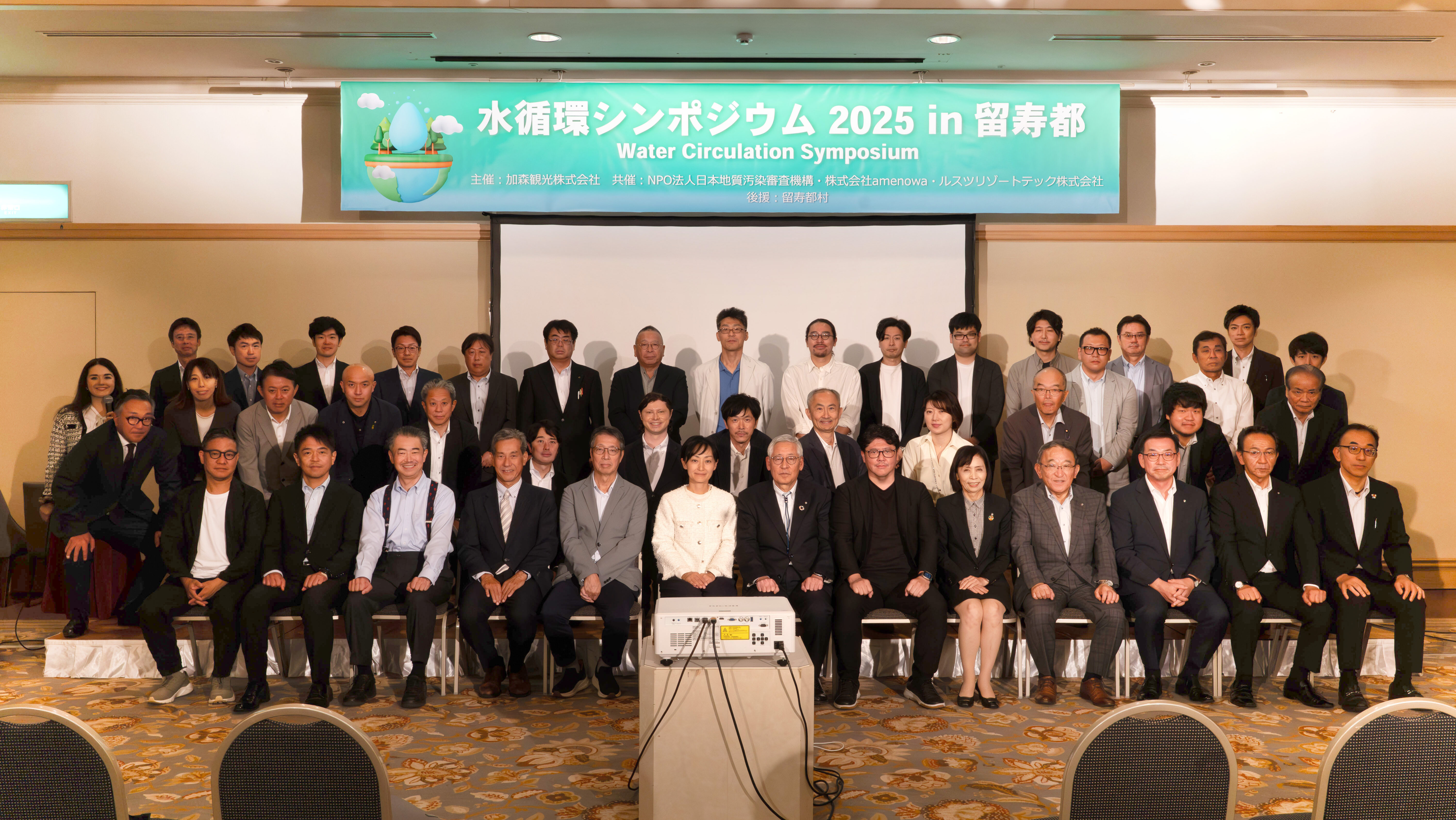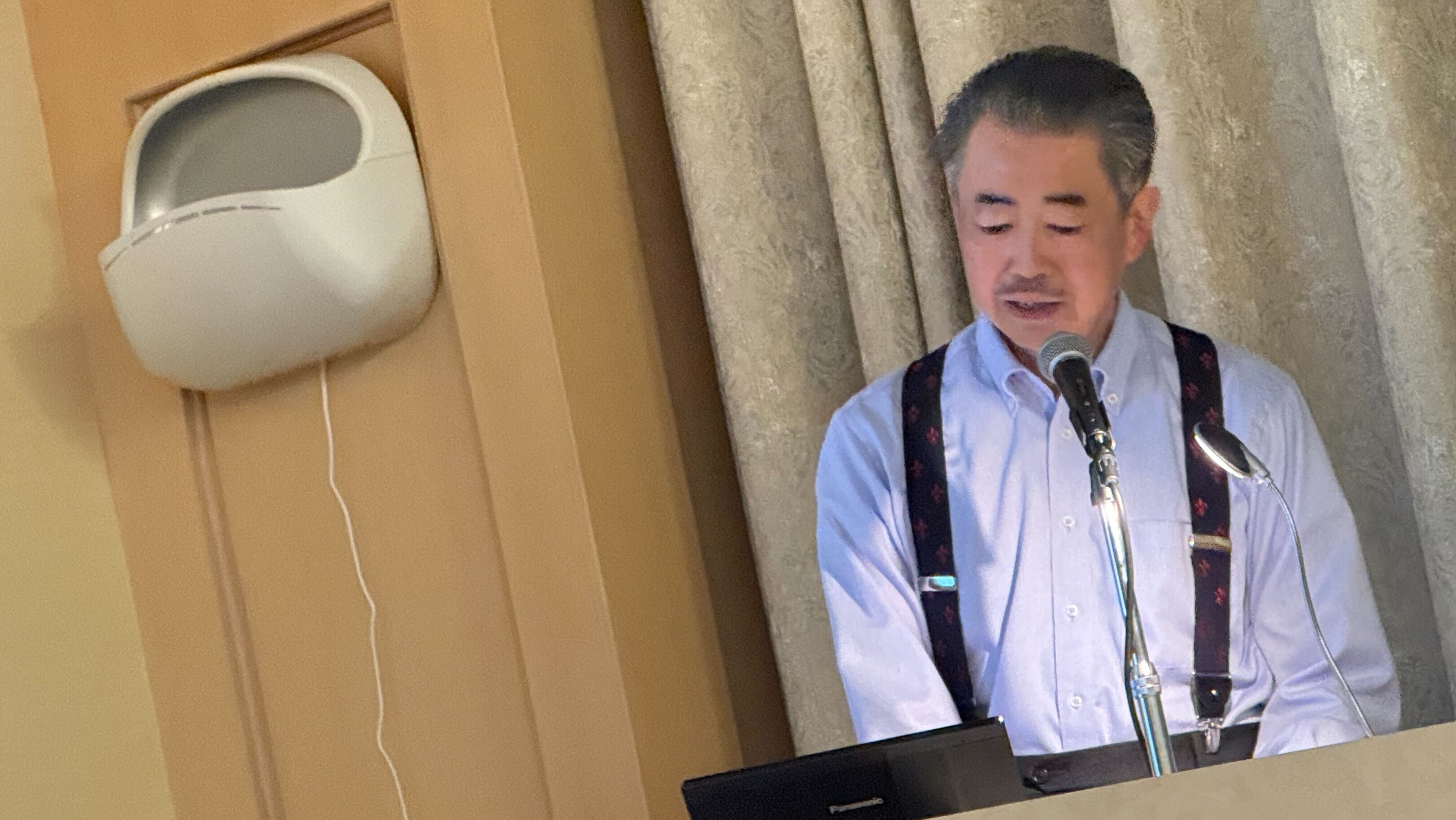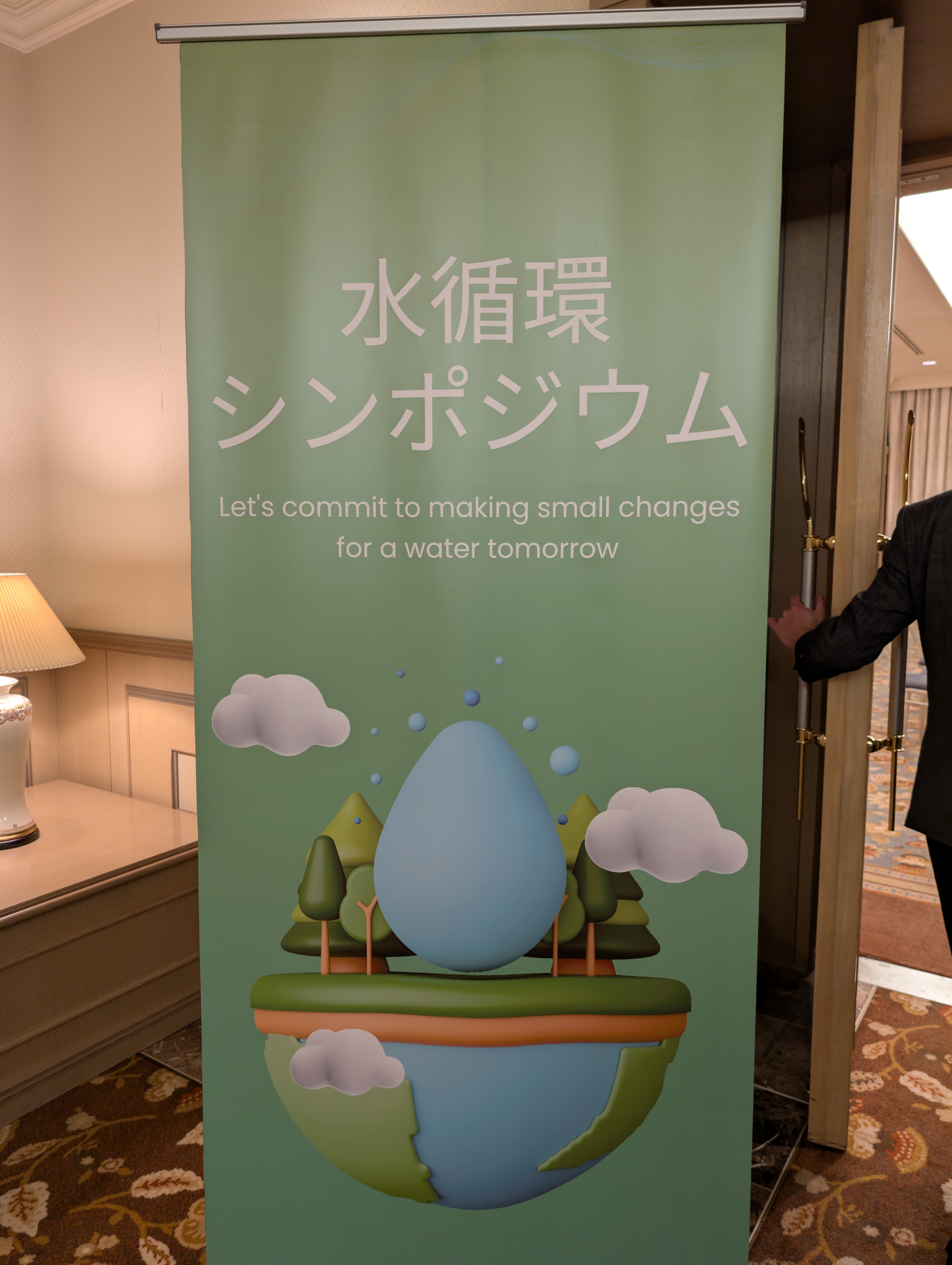“Speaking of the Waters at the Foot of Mt. Yōtei”
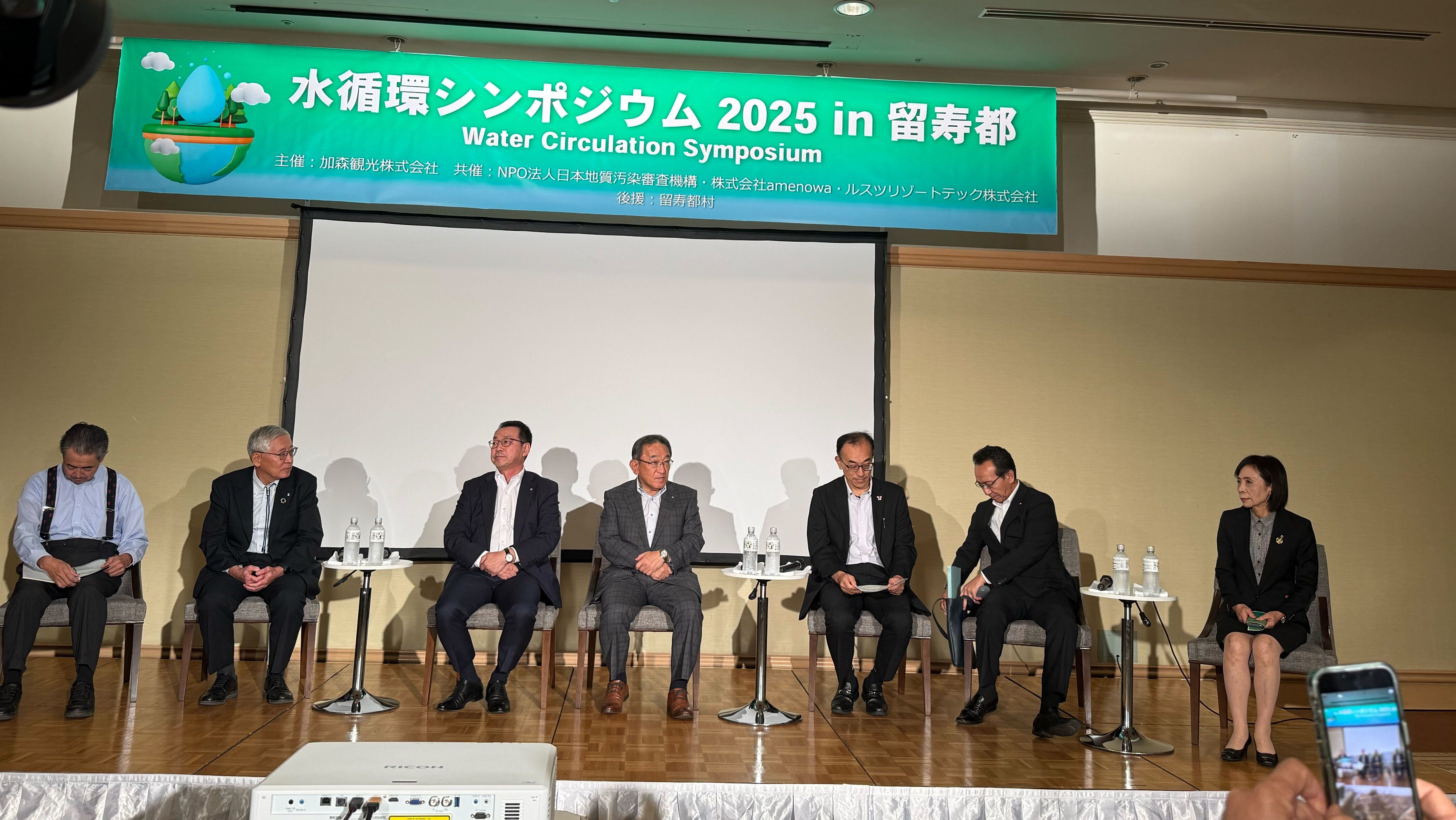
Covering a Panel Where Local Leaders Gathered in One Room
It’s truly rare to see this many towns and villages—Rusutsu, Kimobetsu, Kutchan, Niseko, Rankoshi, Kyogoku—come together under the single theme of water. Water is daily-life infrastructure and a tourism asset, and at the same time it touches sensitive issues like rights and development controls. Challenges around water are already in motion across the region, and this panel was a valuable moment to share that reality through a whole-watershed lens.
Shifts in Snow and Water That Hit Daily Life and Tourism
Rusutsu’s Mayor Sato remarked calmly, “It’s wonderful to get livelier, but we also need a net to protect what matters.”
Kimobetsu’s Mayor Hayashi spoke candidly about changes in the quality of winter: “Too much snow at year’s end, and then in February the opposite—snow shortages.” For ski destinations this is a matter of survival, and it also signals a changing rhythm in the water cycle.
The Weight of Rapid Growth in Kutchan and Niseko
Kutchan’s Mayor Monji shared striking numbers: in a town of 15,000 residents, there are 18,000 overnight guests. The room stirred at the estimate that 5–6 billion yen in water-supply upgrades would be needed just to cover the New Year peak.
Niseko’s Mayor Katayama introduced a local water-resource ordinance that prohibits withdrawals beyond the product of area × precipitation. The stance wasn’t to reject investment or development, but to clarify rules to secure sustainability—and that left an impression.
A Culture That Treats the River as “Mother”
Rankoshi’s Mayor Kin introduced the Unified Shiribetsu River Ordinance shared by seven municipalities and a 31-year-long clean-up campaign.
His words—“We want to keep a culture of caring for the river, not just using it”—radiated regional pride.
From Kyogoku, Deputy Mayor Kobayashi highlighted Fukidashi Park’s springs (80,000 tons/day; 500,000 annual visitors), while also describing how water levels in Kyogoku rise more easily and the burden of late-night monitoring. It conveyed a real, on-the-ground tension you won’t find in a tourist brochure.
The Keyword That Tied the Room Together: “Connection”
Moderator Professor Takashima summarized with this line:
“In the end, the strongest infrastructure is the connections between people.”
Different viewpoints were linked into a single current by the Shiribetsu River watershed. The atmosphere favored coordination over confrontation.
In Closing
Water circulates—across municipal borders, across national borders, across time.
This panel became a frank space for asking how local governments receive that reality. Water-protection ordinances, the surge of visitors, aging water pipes, and staff watching the river in the middle of the night—each story seemed separate at first, but together they formed a single narrative: “Let water be the reason our towns and villages join hands.”
This gathering wasn’t just an event; it already felt like a watershed-wide statement of intent. As water issues deepen, the value of meetings like this came through powerfully.

